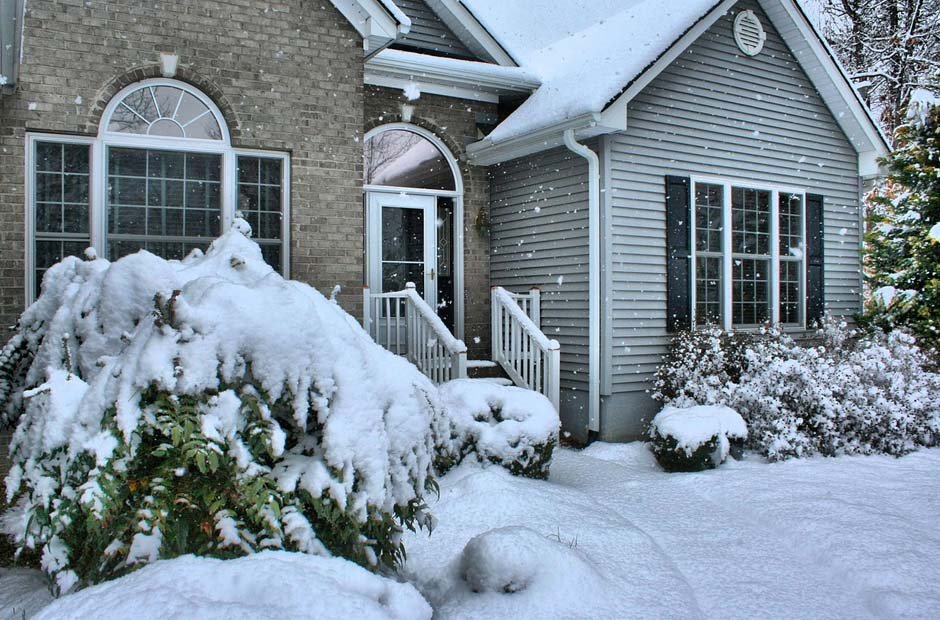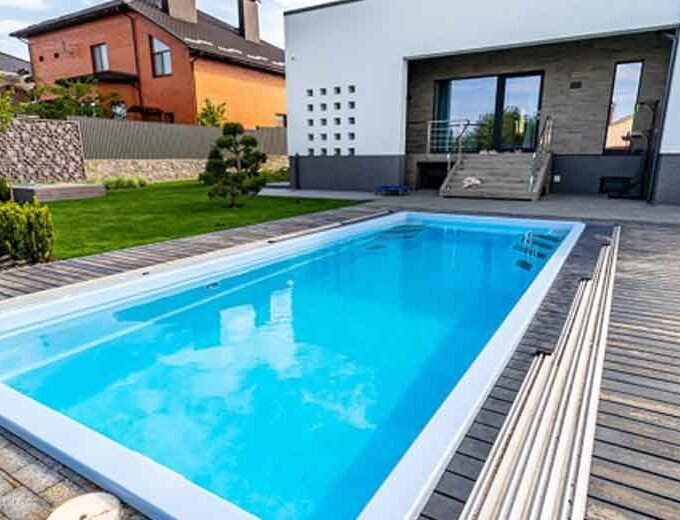Winter can be a magical time, but it can also pose challenges for homeowners. Snow and ice can damage your property if you’re not prepared. To help you prepare for the cold months ahead, we’ve compiled ten essential tips for snow-proofing your home. From safeguarding your roof to protecting your pipes, these tips will keep your home warm, safe, and cozy all winter long.
Why Snow-Proofing Matters
Winter weather, especially snow, can do more than just create a picturesque scene. It can cause extensive damage to your home if proper precautions aren’t taken. Snow buildup can lead to roof leaks, ice dams, and even structural damage. Frozen pipes can burst, causing flooding and water damage. By snow-proofing your home, you can prevent these issues and save yourself time, money, and stress.
Early preparation is key. Snow-proofing not only protects your property but also enhances its energy efficiency. With the right measures, you can maintain a comfortable indoor temperature without overworking your heating system. This means lower utility bills and a smaller carbon footprint.
Inspecting and Repairing the Roof
Your roof is your home’s first line of defense against snow and ice. Start by inspecting it for any signs of damage, such as missing shingles or leaks. Fix these issues before the first snowfall to prevent further damage.
Ensure your roof can handle the weight of accumulated snow. If necessary, reinforce its structure. Consider installing snow defender or snow guard to prevent snow from sliding off and causing harm.
Regular maintenance is crucial. Clear debris and check for ice dams, which can cause water to seep into your home. A well-maintained roof will keep your home dry and safe all winter long.
Insulating and Weather-Stripping Doors and Windows
Drafty doors and windows can make your home chilly and increase your heating bills. Seal gaps and cracks with weather-stripping to keep cold air out. Insulating your windows with thermal curtains or plastic film can also make a big difference.
Check the caulking around your windows and doors. Replace any that are cracked or peeling. This simple step can improve your home’s energy efficiency and comfort.
Consider upgrading to energy-efficient windows and doors if your budget allows. These can provide better insulation and reduce heat loss, making your home warmer and more cost-effective to maintain.
Protecting Pipes from Freezing
Frozen pipes can burst and cause significant water damage. To prevent this, insulate your pipes, especially those in unheated areas like basements and attics. Pipe insulation is affordable and easy to install.
Keep your home’s temperature consistent, even when you’re away. Set your thermostat to at least 55°F to prevent pipes from freezing. In extreme cold, open cabinet doors under sinks to allow warm air to circulate around the pipes.
Consider installing a pipe heating cable for added protection. This device can keep your pipes warm during the coldest days and prevent freezing.
Clearing Gutters and Downspouts
Clogged gutters can lead to ice dams, which can cause water to back up under your roof shingles and into your home. Clean your gutters and downspouts before the first snowfall to ensure proper drainage.
Install gutter guards to prevent debris from accumulating. This can reduce the need for frequent cleaning and minimize the risk of ice dams.
Make sure your downspouts direct water away from your home’s foundation. This will prevent water from seeping into your basement or causing structural damage.
Trimming Tree Branches Near the House
Overhanging tree branches can become heavy with snow and ice, posing a risk to your home. Trim back any branches that are close to your house to prevent them from breaking and causing damage.
Regularly inspect your trees for signs of disease or weakness. A healthy tree is less likely to lose branches in a snowstorm.
Consider hiring a professional arborist for large or difficult-to-reach branches. They can safely trim your trees and reduce the risk of damage to your home.
Checking the Heating System for Efficiency and Safety
A well-functioning heating system is essential for staying warm and safe during winter. Schedule an annual inspection to ensure your furnace or boiler is in good working order.
Replace the air filters regularly to maintain efficiency. Dirty filters can restrict airflow and make your system work harder, increasing your energy bills.
Consider upgrading to a programmable thermostat. This can help you manage your home’s temperature more efficiently and reduce heating costs.
Preparing an Emergency Kit for Power Outages
Winter storms can cause power outages, so it’s essential to be prepared. Put together an emergency kit with essentials like flashlights, batteries, blankets, and non-perishable food.
Include a battery-powered radio to stay informed about weather updates and emergency instructions. A portable phone charger can also be invaluable during an outage.
Consider investing in a generator for backup power. This can keep your home warm and functional during extended outages.
Sealing Cracks and Gaps in the Home’s Exterior
Inspect your home’s exterior for cracks and gaps that can let cold air in and heat out. Seal these with caulk or weatherstripping to improve energy efficiency.
Pay special attention to areas around windows, doors, and utility openings. Even small gaps can significantly impact your home’s insulation.
Consider adding insulation to your attic and walls. This can further reduce heat loss and keep your home warm and cozy.
Protecting Outdoor Furniture and Equipment
Winter weather can damage outdoor furniture and equipment, so it’s essential to protect them. Move items like grills, patio furniture, and garden tools into a shed or garage.
Cover larger items that can’t be moved with weather-resistant covers. This can prevent rust and damage from snow and ice.
Drain and store garden hoses to prevent them from freezing and bursting. Disconnect them from outdoor faucets and use a faucet cover for added protection.
Ensuring Proper Snow Removal Techniques
Proper snow removal is crucial for maintaining safety and accessibility. Clear walkways, driveways, and stairs promptly to prevent ice buildup and accidents.
Use a snow shovel or snow blower to remove snow. Apply ice melt or sand to slippery areas for added traction.
Consider hiring a snow removal service if you have a large property or physical limitations. They can ensure your home remains safe and accessible throughout the winter.
Cost-Effective Snow-Proofing Solutions
Snow-proofing doesn’t have to be expensive. Many effective solutions are affordable and can be done yourself. For example, weatherstripping, pipe insulation, and gutter cleaning are cost-effective ways to protect your home.
Look for sales and discounts on winter supplies. Many stores offer promotions on items like insulation, caulk, and snow removal tools.
Consider joining a community group or co-op for bulk purchasing. This can help you save money on essential snow-proofing supplies.
The Importance of Professional Snow-Proofing
While many snow-proofing tasks can be done yourself, some situations require professional expertise. For example, roof repairs, large tree trimming, and heating system maintenance are best left to professionals.
Hiring a professional can ensure the job is done correctly and safely. They have the experience and tools to handle complex tasks and can provide peace of mind.
Consider getting multiple quotes and checking reviews before hiring a professional. This can help you find a reputable service that meets your needs and budget.
Conclusion
Now that you know how to snow-proof your home, you can prepare for a safe and comfortable winter. Remember to prioritize safety measures like clearing gutters, trimming trees, and checking your heating system. And don’t forget to stock up on essential supplies and equipment in case of an emergency.
















